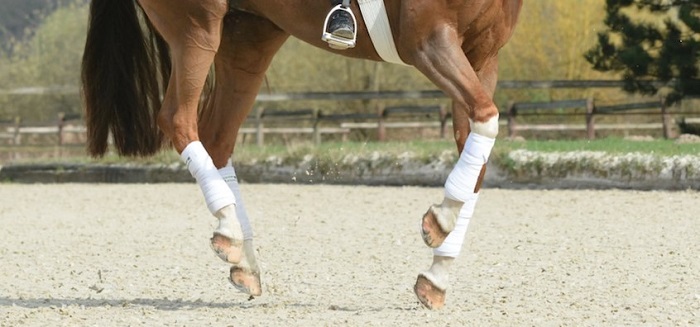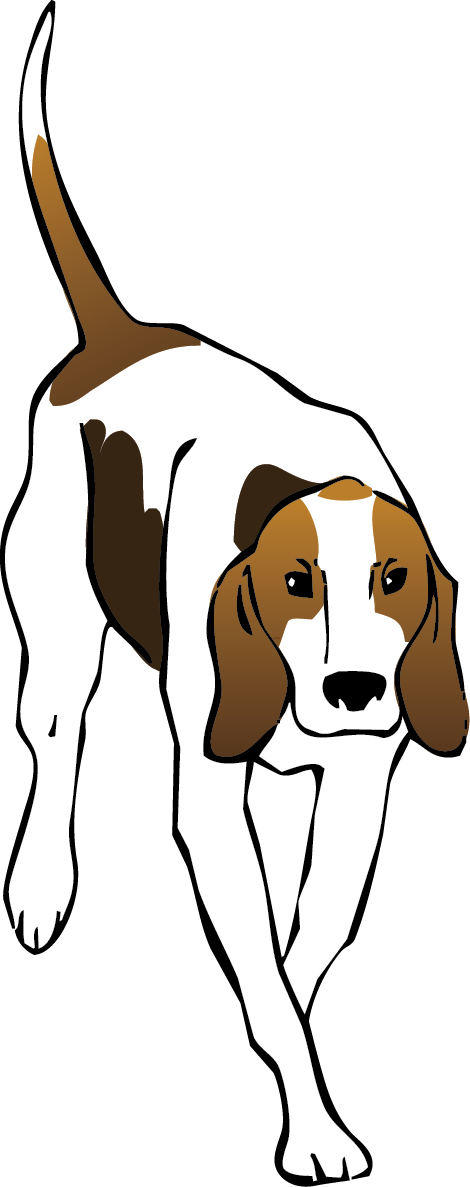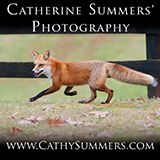Henry Taylor
The Flying Change
The best description of the flying change―the mechanics and the moment―I have ever read. Riding instructors should give a copy of this poem to their students to study before even explaining how to achieve the maneuver.
 The moment of suspension during the flying change in which the horse changes his lead on the fly from one lead to the other, left-to-right or vise versa. The horse can initiate the flying change on its own, generally as it changes direction at the canter, or the trained rider may induce the horse to change its leads at any given moment.
The moment of suspension during the flying change in which the horse changes his lead on the fly from one lead to the other, left-to-right or vise versa. The horse can initiate the flying change on its own, generally as it changes direction at the canter, or the trained rider may induce the horse to change its leads at any given moment.
1
The canter has two stride patterns, one on the right
lead and one on the left, each a mirror image of the
other. The leading foreleg is the last to touch the
ground before the moment of suspension in the air.
On cantered curves, the horse tends to lead with the
inside leg. Turning at liberty, he can change leads
without effort during the moment of suspension, but
a rider’s weight makes this more difficult. The aim of
teaching a horse to move beneath you is to remind
him how he moved when he was free.



















